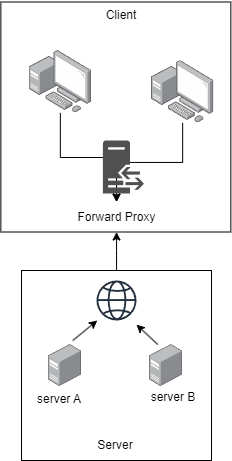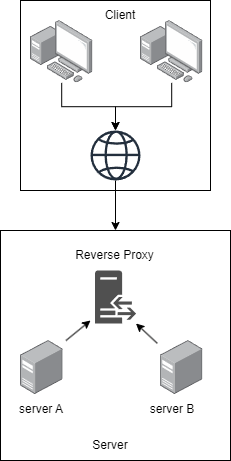Understanding the Magic of Proxy Servers
 Shivam joshi
Shivam joshiWhat is Proxy?
A proxy in technical terms refers to a server or software that acts as an intermediary between a client (such as a user's computer) and another server (like a web server). It facilitates requests from the client to the server and returns the server's responses back to the client.
Key Functions of a Proxy Server
Intermediary Role
- A proxy server acts as a middleman between the user and the internet. When you request a webpage, the proxy server intercepts that request, forwards it to the destination server, and then sends back the response to you. This setup not only helps in managing traffic but also adds a layer of security by hiding your IP address from the destination server.
IP Address Masking
- One of the primary benefits of using a proxy is that it masks your real IP address. When you connect to the internet through a proxy, websites see the proxy's IP instead of yours. This anonymity can protect your identity and location from prying eyes, making it harder for websites to track your online activities.
Caching
- Proxy servers can store copies of frequently accessed web content (like images and pages). When you request something that has already been cached, the proxy can deliver it much faster than if it had to fetch it from the original server. This caching mechanism reduces loading times and saves bandwidth, enhancing the overall browsing experience.
Content Filtering
- Proxies can be configured to filter content based on specific criteria. This is particularly useful in organizational settings where administrators want to block access to certain websites or types of content (like adult sites or social media) to maintain productivity or ensure safety.
Load Balancing
- In environments with high traffic, proxies can distribute requests across multiple servers. This load balancing helps prevent any single server from becoming overwhelmed, ensuring that all users experience consistent performance even during peak usage times.
Security Enhancement
- Proxies add an extra layer of security by acting as a buffer between users and potential threats on the internet. They can help protect against malicious attacks by filtering out harmful content and preventing direct access to internal networks.
Bypassing Geo-Restrictions
- Many users utilize proxies to access content that may be restricted in their region (like streaming services). By connecting through a proxy located in a different geographic area, users can bypass these restrictions and enjoy content as if they were in that location.
Monitoring and Logging
- Proxy servers can log user activity, which is beneficial for organizations wanting to monitor internet usage for compliance or security purposes. This logging capability allows administrators to analyze traffic patterns and identify potential issues.
Types of Proxy Servers :-
Forward Proxy
A forward proxy, often simply called a proxy server, acts as an intermediary for clients seeking resources from other servers on the internet. Here’s a simple breakdown of its functions:
Client-Side Gateway: It sits between the client (like a web browser) and the internet. When a client makes a request for content (like a webpage), the request first goes to the forward proxy.
Traffic Regulation: The forward proxy can filter requests, enforce security policies, and control access to certain websites. This is commonly used in organizations to monitor employee internet usage or block inappropriate content.
IP Address Masking: By routing requests through itself, the forward proxy hides the client's IP address from the destination server, providing anonymity.

Reverse Proxy
In contrast, a reverse proxy is positioned in front of one or more web servers and serves different functions:
Server-Side Gateway: It intercepts requests from clients and forwards them to the appropriate backend server. Clients only interact with the reverse proxy, unaware of which server ultimately processes their request.
Load Balancing: A reverse proxy can distribute incoming requests across multiple servers, improving performance and ensuring no single server becomes overwhelmed.
Enhanced Security: By acting as a barrier between clients and servers, it protects backend servers from direct exposure to potential threats. It can also manage SSL encryption, offloading this task from the servers themselves.

Summary
In essence, a forward proxy focuses on managing client requests to external servers, while a reverse proxy manages incoming requests to internal servers. This distinction is crucial for understanding how each type of proxy enhances security and performance in different contexts.
Subscribe to my newsletter
Read articles from Shivam joshi directly inside your inbox. Subscribe to the newsletter, and don't miss out.
Written by
